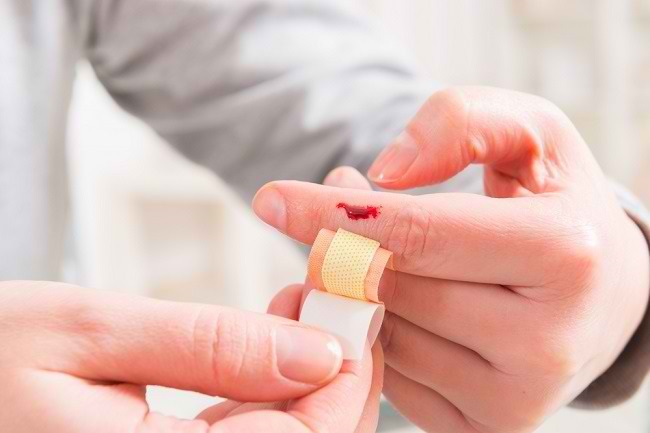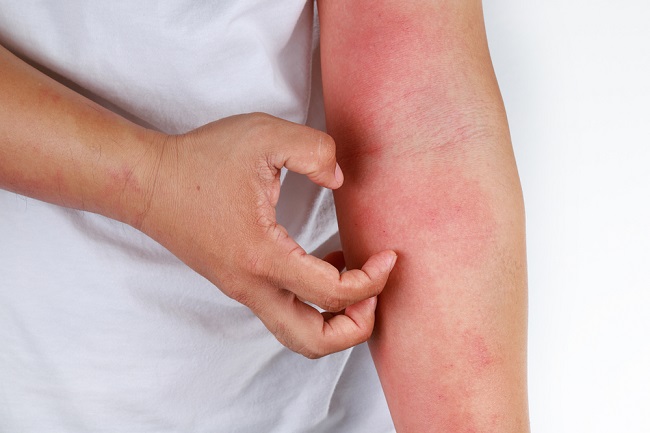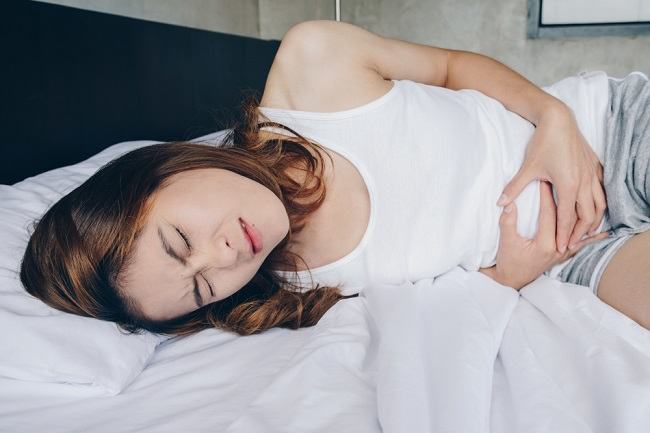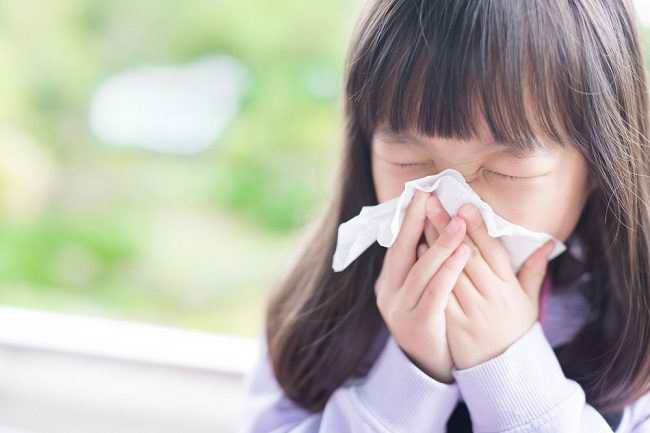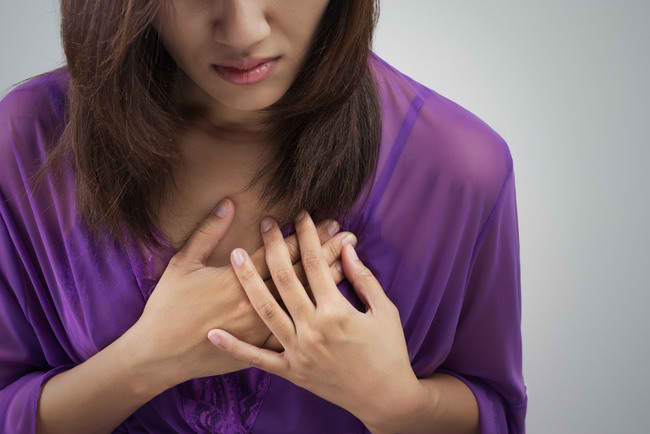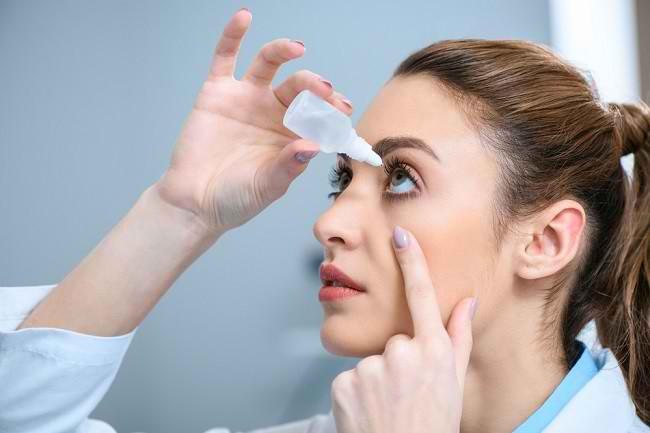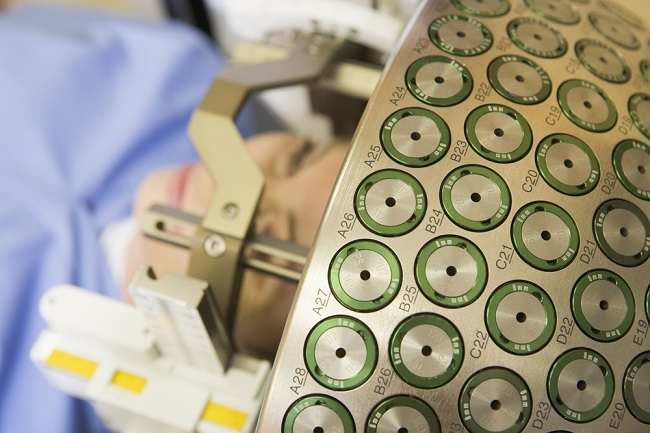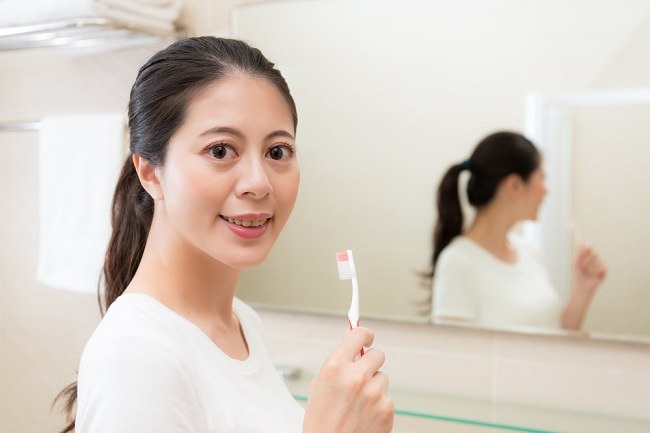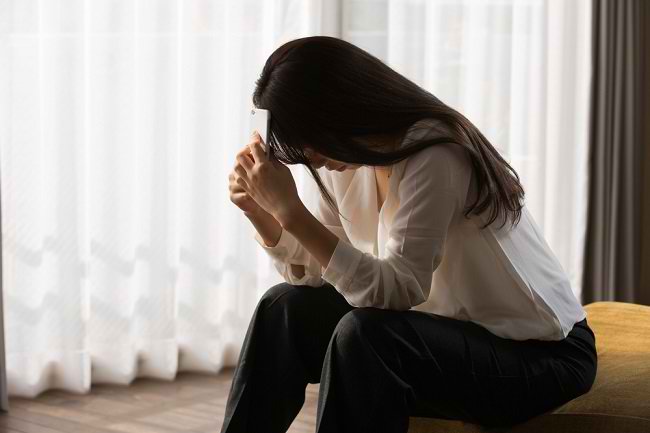The process of giving birth, either naturally or by caesarean section, will definitely feel tiring. It's natural for mothers to want to take a shower immediately after giving birth, with the aim of being able to feel comfortable and refreshed.
Bathing after giving birth should not be done carelessly, especially if you have not received permission from a doctor. Come on, know the rules of bathing after childbirth which is considered safe and medically recommended.

The Right Time to Shower After Childbirth
In general, mothers who have just given birth and are in good health are allowed to take a bath immediately. However, some doctors may suggest waiting for one 24 hours before taking a shower.
The recommended bath time may be different if you want to take a bath by soaking in it bathtub. Generally, mothers who give birth vaginally are allowed to bathe after delivery, but mothers who give birth by caesarean section may need to wait up to a week before being allowed to bathe. This period is needed so that the incision is dry enough and no longer bleeds.
Recommended Procedure for Bathing After Childbirth
Mothers can actually choose the most comfortable water temperature for bathing, but make sure the water temperature is not too hot. Warm lukewarm water is recommended for bathing after childbirth.
In addition to making the body feel more comfortable, warm water can relieve aches, pain in the area around the vagina, breast pain, and stomach cramps. Not only that, warm water can also have a calming effect, after you struggle during childbirth.
If you want to take a bath, avoid using foaming soap and make sure bathtub has been thoroughly cleaned before use. Surface wall bathtub If left moist, it can become a breeding ground for germs and fungi that cause infection.
If you are not careful, the infection can spread when bathing, especially if bathtub used together. Remember, during the first few weeks after giving birth, you are still recovering, and may still experience postpartum bleeding. Therefore, it is preferable to bathe after the bleeding has stopped, generally 6 weeks after delivery.
In addition to bathing to maintain overall body hygiene, you are also required to maintain vaginal hygiene. Routinely change the pads every 4 hours or whenever you feel the pads are full.
clean the vagina, both during bathing and after urinating or defecating, wash from front to back. This is done to prevent the spread of bacteria from the anus to the vagina.
Not only that, you also need to maintain the cleanliness of the stitches, both episiotomy stitches and caesarean section stitches.
Cleaning stitches while bathing
When bathing after giving birth, you need to be more careful. This is because the movement of the body or how to clean the body and excessive stitches, risk making the stitches open again. Take a slow shower and gently clean the stitches until they are clean. If this is difficult to do, bathing with a wet cloth can be an option.
It is normal for blood or fluid to come out from the stitches in the first few days after giving birth. Try to always keep the stitches clean by washing them gently every day using warm water and soap. Then, pat dry gently with a soft towel or gauze. Also change the bandage to cover the wound as recommended by the doctor.
If fluid or blood continues to come out of the suture scar, don't hesitate to go back to the doctor immediately, so that he can be examined and receive any treatment that may be needed. Especially if the stitches look inflamed, festering, or the discharge smells bad.
Bathing after giving birth is necessary so that body hygiene is maintained. However, pay attention to the things described above when doing so. If necessary, consult further about safe bathing rules after giving birth to a gynecologist.
